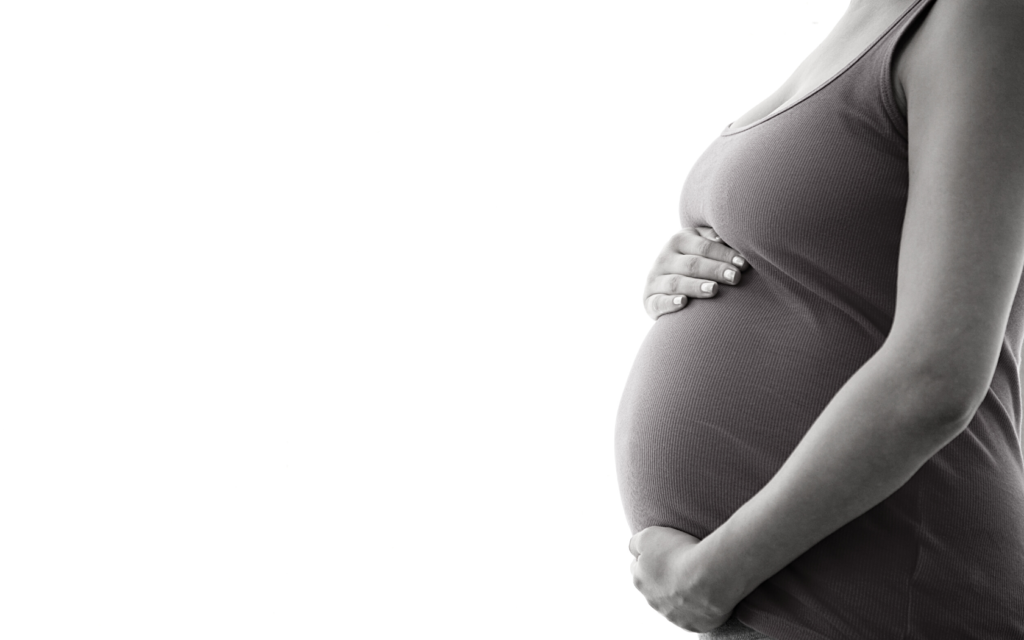C-Section Lawsuits Guide
C-sections are some of the most common surgeries performed worldwide. However, they’re still major surgeries. Not only that, but they come with the responsibility of caring for a newborn immediately after. Recovering from a C-section can be difficult enough. Add to the mix other possible complications due to a doctor’s negligence and you’ve got a recipe for a C-section lawsuit.
Modern medicine has allowed something as major as a C-section to become a common, everyday surgery. Many expecting mothers deliver babies via C-section with little to no complications. It’s usually because they have a great team of doctors and nurses on their side. Still, some mothers aren’t so fortunate. Errors do occur during major surgeries such as C-sections. But what happens when that error is preventable? Or when it causes an injury to the mother, baby, or both? It could result in a C-section lawsuit.
If you believe malpractice occurred during your C-section and you sustained an injury because of it, you have options. You may be entitled to compensation for a doctor’s negligence. At Hampton & King we specialize in birth injury malpractice cases and can answer any questions you may have. Contact us today!

C-Sections & Potential Risks
Generally speaking, a cesarean section (known commonly as a C-section) is a method of delivering a baby. A surgical incision is made through the mother’s abdomen and uterus. The baby and the placenta are delivered, and the mother is stitched back up again.
C-sections aren’t usually the first choice of delivery. Most of the time there is a medical necessity to perform a C-section.
Here are the common reasons a doctor may suggest delivering via C-section:
- Labor stalls or isn’t progressing normally. A prolonged labor can cause undue stress on both the baby and mother. When medical professionals notice no progression is being made and there’s a potential for fetal distress, an emergency C-section is usually performed.
- Baby is breech. Sometime after 32 weeks, a baby positions itself in a head-down position. However, some babies may be breech – with their feet or bottom towards the birth canal. In such a case, a C-section might be the safest way to deliver.
- Large baby. If it’s determined that a baby might be too large, doctors will most likely perform a C-section.
- Placental issues. In some cases, the placenta may be covering the opening of the cervix. Or it may be slowly deteriorating and can’t supply enough nutrition to the baby.
- Previous C-sections. Many women are candidates for a vaginal delivery after a C-section. However, a history of C-sections means you’re more likely to deliver another one.
While C-sections may be the safest route to deliver in some cases, they do come with potential risks, such as:
- Breathing difficulties for the baby
- Accidental nicks/cuts to the baby’s skin
- Infection at the site of incision
- Adverse reactions to anesthesia
- Blood clots in the mother
When Negligence Leads To A C-Section Lawsuit
A C-section lawsuit usually comes about for one of two reasons: the C-section was performed improperly
or a necessary C-section was not performed (or performed too late).
A well-monitored pregnancy can give doctors clues of what complications may occur. It also gives them an idea of whether or not delivering via C-section may be the best route. Recognizing these symptoms and clues is part of the standard care an OB offers.
Doctors should monitor for fetal distress. If distress is noticed, especially during labor, an immediate C-section should be performed. When a baby continues to undergo fetal distress, the baby may suffer from serious and long-term injuries.
When medical conditions such as preeclampsia or placenta previa exist, a discussion about having a C-section should have occurred early on. These conditions are usually easy to detect during routine check-ups. If these complications are ignored, and a timely C-section is not performed, it can be dangerous for both baby and the mother. In some cases, this negligence can be fatal.
When a C-section is performed on time, there’s yet another hurdle to cross. The surgery should be free of negligent errors. Oxygen deprivation, wound infections, improper wound closure, and injured internal organs are all errors that could occur due to malpractice. This could very well lead to a C-section lawsuit.

Filing Your C-Section Lawsuit & Fighting For Justice
C-sections are generally considered to be safe surgeries. Especially how often they occur worldwide. But a doctor’s negligence however, could lead to devastating results. If you believe medical malpractice related to a C-section played a role in your or your baby’s birth injuries, know there are options. Get in touch with the team of Hampton & King. We can help you navigate a C-section lawsuit and get you the justice and compensation you deserve.




